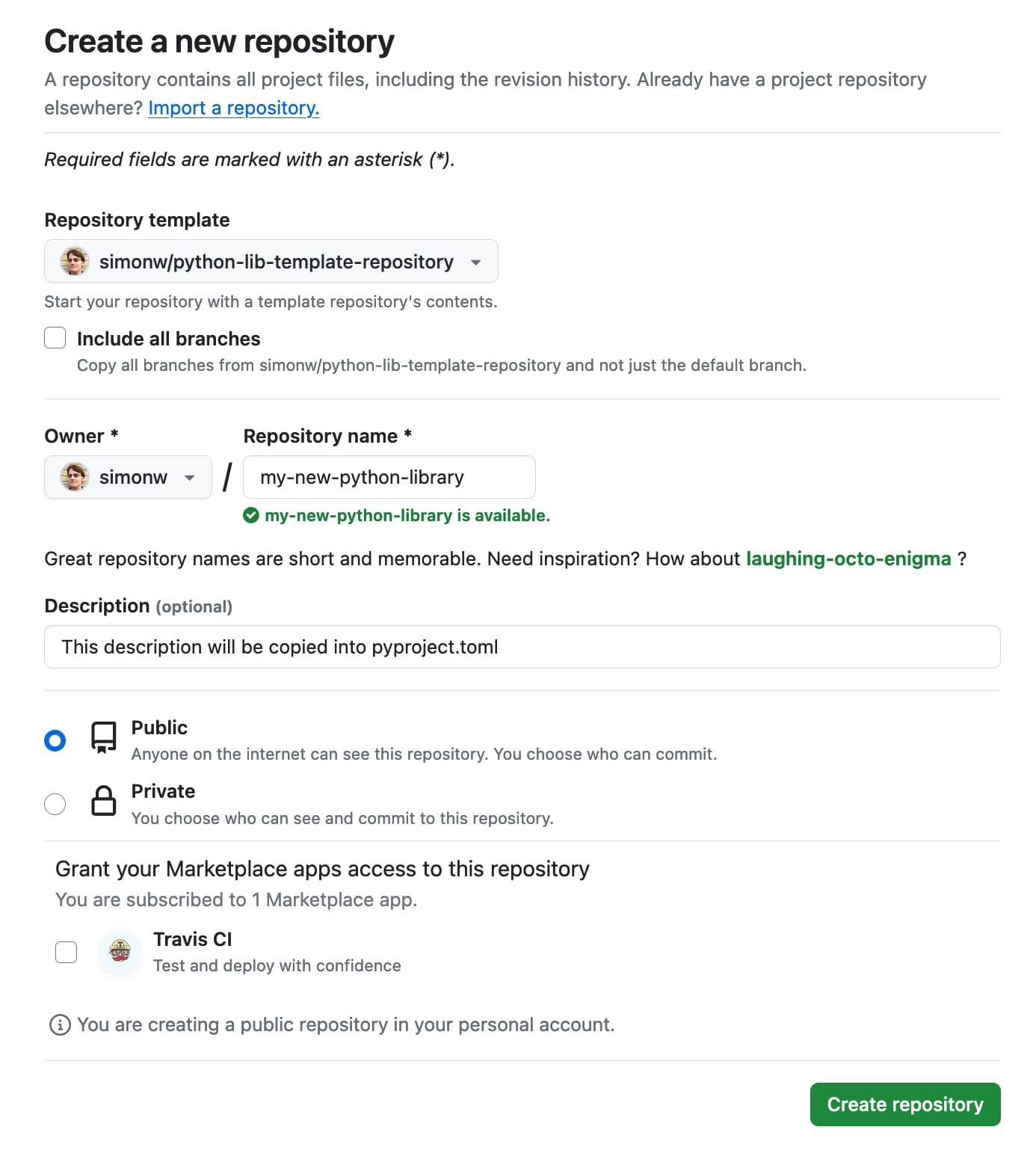
The forgotten art of HTML redirects, without either HTTP 301 or JavaScript
One of the first things API developers learn is HTTP codes. Usually, people already saw some 404 around, but soon they learn about the uses of 2xx, 4xx and 5xx codes. Probably you, insidious reader, realised I jumped the 3xx series.
Most first time developers never hear about 3xx, but probably because most haven’t gone through some scenario requiring it. There are many codes in this series, but the code of interest here is HTTP 301. If a developer wants to redirect users, returning 301 will indicate to the client that the resource was moved permanently to a new address (specified in the response).
These can only be returned by HTTP servers. But, there are times you might not want to maintain an HTTP server. You might have a static generated website, where you want to redirect old URLs to new URLs (due to SEO), or just have shortened URLs together with your static website.
Instead of setting up and maintaining an HTTP server, or relying on some third party to set up the redirects for your static site (example: Netlify or Vercel redirect configs), you can use static (HTML) files instead.

















